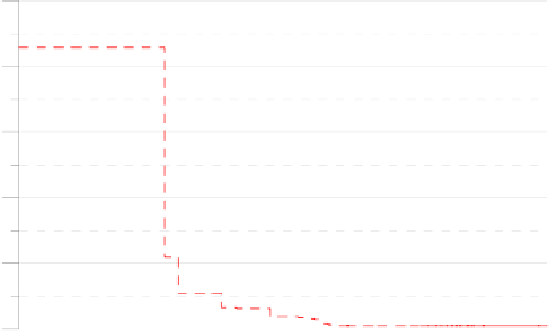Information Technology Reference
In-Depth Information
500
Linear
Exp.
Quad.
400
300
200
100
0
1
10
100
1000
10000
100000
Number ofiterations
Fig. 3.
Convergence history of the HASTEDE models
Table 2.
HASTEDE model results
Type
SSE
HASTEDE
Linear
6.46
Exponential
5.94
Quadratic
4.34
5 Conclusions
This chapter reviewed the application of the HS optimization algorithm to the solution
of the transport energy demand modeling problem. Formulation of the HS method and
its application to this problem were provided. Three forms of the forecasting models
were developed and successfully solved with the HS procedure.
References
1.
Nathwani, J.S., Siddall, E., Lind, N.C.: Energy for 300 years. Institute for Risk Research,
University of Waterloo, Waterloo (1992)
2.
Dincer, I., Dost, S.: Energy and GDP. Int. J. Energy Res. 21, 153-167 (1997)
3.
Faiz, A.: Automotive emissions in developing countries-relative implications for global
warming, acidification and urban air quality. Transportation Research (Part A) 27, 167-
186 (1993)
4.
Colvile, R.N., Hutchinson, E.J., Mindell, J.S., Warren, R.F.: The transport sector as a
source of air pollution. Atmospheric Environment 35, 1537-1565 (2001)
5.
World Business Council for Sustainable Development, World mobility at the end of the
twentieth century and its sustainability. WBCSD, Geneva (2001)










Search WWH ::

Custom Search